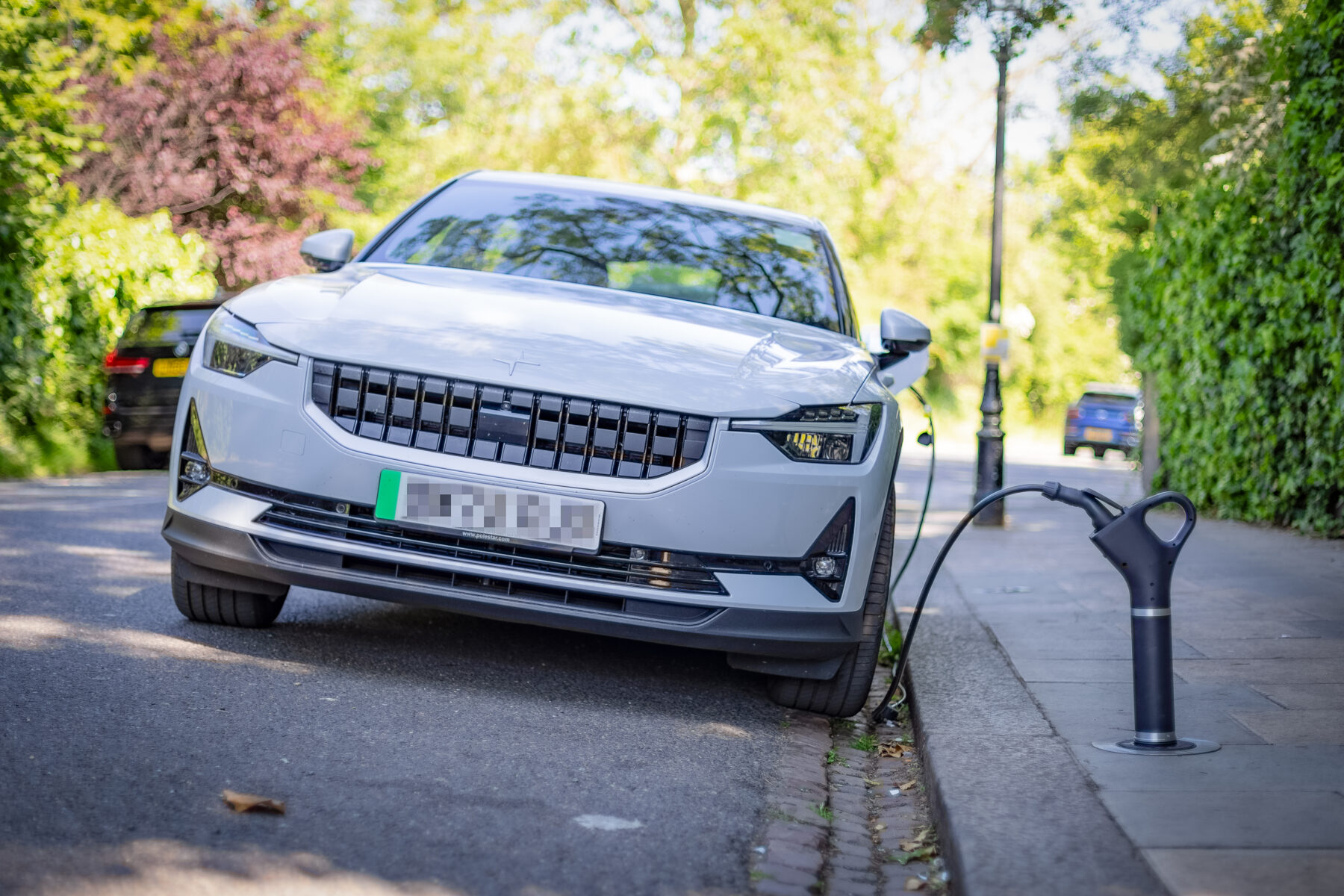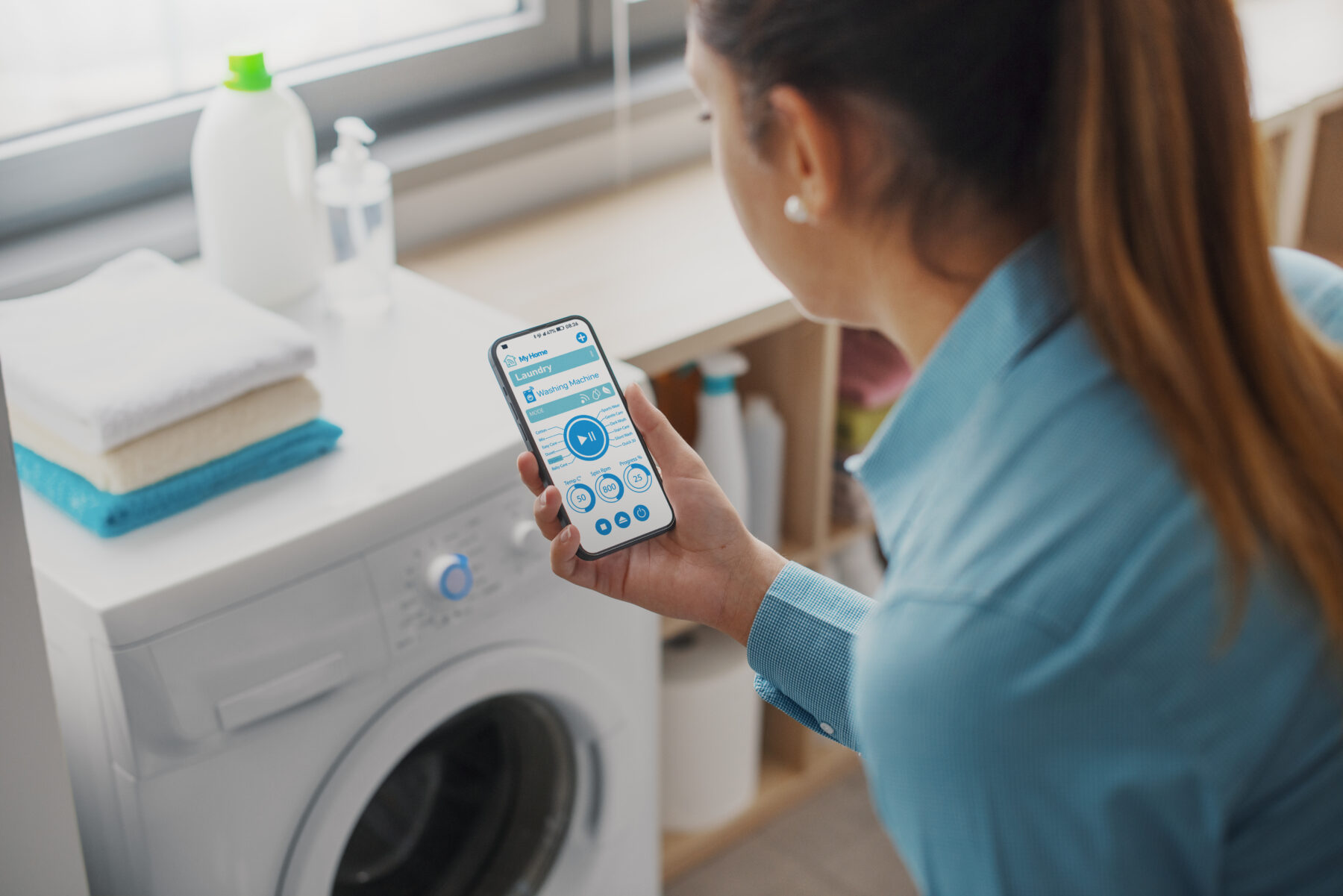CleanTech Innovation: Building Landscapes for Change
Innovation in connection to the environment has gone by many names —CleanTech, Climate Tech, Green Tech, to name a few. Terms have evolved over time, but at their core, they all represent initiatives that reduce environmental impact and boost resource efficiency. Investment in this field is steadily rising, driven by technology breakthroughs, global and local legislation and a growing public awareness of the benefits of cleaner alternatives,
Although the term “CleanTech” may not be immediately familiar to most people, we are witnessing how CleanTech products, services, and processes are decidedly making their way into consumer markets. But beyond environmental benefits, what lifestyle advantages does CleanTech offer? And how can governments and companies encourage consumers to embrace these alternatives for lasting change?
At PDD, we take a comprehensive approach to CleanTech innovation. We work with clients and investors to address challenges and barriers to entry and identify strategies for companies to facilitate and encourage sustainable consumer behaviours. Here’s what we have learned.
Choices that empower individuals
Perhaps one of the most tangible examples of CleanTech innovation for consumers right now is the electric vehicle (EV). However, consumer adoption in this area hasn’t been without challenges or controversy.
In the UK, for example, despite the government’s pledge to make a minimum of 300,000 public EV charging points available to people regardless of income or location by 2030, the rollout has been too slow, particularly in built-up urban areas. With cost and accessibility as significant barriers to EV adoption, startups and established companies are racing to offer high- and low-tech solutions to overcome these challenges.
When it comes to cost, new battery technology is allowing companies to bring down the cost of EVs and increase their range. Other advances, like Vehicle-to-Grid (V2G) initiatives, go one step further, enabling consumers to make money by turning their EVs into an energy storage system and selling any excess energy stored in the EV’s battery back to the national grid.
On the issue of accessibility, new products and services that tackle that challenge go some way in helping governments reach their goal. Trojan Energy’s EV charging system, developed in collaboration with PDD, is a good example, balancing usability with a sensitivity to neighbourhoods, cities, and the challenges of living in an urban environment.
To empower people to switch to better alternatives, companies need to ensure the ecosystem surrounding new product developments offer a range of solutions that tap into the different motivations of individuals.

A landscape for change
Another sector rich in opportunity for lasting behaviour change is the smart home. Smart home devices and services, such as smart meters and digital thermostats, are becoming more prevalent, giving consumers a window into their resource consumption. In doing so, they create an awareness that leads to small behavioural changes over time, such as turning the thermostat down a couple of degrees, cutting down shower time, or using washing machines and dishwashers off-peak. Yet, while all these small changes can add up, more can be done to maximise consumer CleanTech’s true potential.
Behavioural change amongst consumers can be tricky, and requires a careful balance of awareness, incentives, and trust to give people the confidence to take that leap. To take consumers on the journey, companies must first understand behaviours and identify those all-important moments of change. A good starting point is to examine past behaviours to see what we can learn; the recent dramatic uptake of air fryers is a small, but significant example.
While the drivers for consumers to switch to an air fryer are primarily health, convenience, and cost, rather than sustainability, air fryers are more energy efficient than conventional cooking methods. Manufacturers of home appliances, in turn, are responding to changing consumer needs and desires through innovative product or service features to existing product ranges. Several conventional built-in ovens, for example, now feature an air fryer setting that address the challenge of the amount of countertop space free-standing units take up.
By aligning product functionality to consumers’ practical everyday needs and tapping into what matters to people in the moment, we can foster new behaviours that transform industries and benefit both people and the planet.

From response to anticipation: overcoming behavioural inertia
When it comes to CleanTech innovation, the high costs of products and services, a lack of information on the long-term benefits, and skill shortages to install and maintain the required systems will continue to fuel behavioural inertia in consumers.
To innovate in complex, engineering-focused sectors like this, we need a holistic approach that balances the needs and demands of people, the planet, and profit. Companies must also consider what they can learn from parallel sectors – anticipating potential consumer challenges and barriers and creating solutions that encourage individuals to make a positive impact not just on the environment, but on other aspects of their lives, will be key to creating lasting behaviour change.
By engaging with robust and future-gazing innovation strategies that bring together opportunities and barriers across key stakeholders over time, manufacturers can start to move from responsive design solutions to anticipatory innovation. This future-proof approach needs to build on a deep understanding of human needs and behaviours in relation to socio-cultural changes over time; and provide a level of scalability and adaptability that allow for the engagement and infrastructural hurdles that will, no doubt, arise along the way.
Breaking down consumer barriers to entry:
- Monetary incentives: In times of economic upheaval, engaging consumers with subsidies, discounts, and buy-back schemes can encourage individuals to make better choices that are both worth the effort to switch, and financially viable over time.
- Non-financial incentives: Reward is a powerful motivator for the adoption of new behaviours; providing certificates or kudos for switching to better alternatives can boost consumers sense of contribution towards a more sustainable future.
- Education and awareness: Access to information that is presented in a clear and tangible way builds knowledge and trust; education around the range of benefits CleanTech offers (health, financial, environmental) enables consumers to make informed choices.
- Skilling-up: Equipping people with essential skills is empowering; creating consumer-facing CleanTech solutions that can be easily installed and maintained by consumers, or offering training, tools or resources can help consumers feel confident to take the leap.
- Emotive messaging: Emotions can influence behaviour and decision-making; ensure narratives around CleanTech inspire consumers to care and take action, reassure them that their individual contributions count.
If you would like to know more about how PDD can help your organisation navigate the future of CleanTech innovation, please get in touch.




